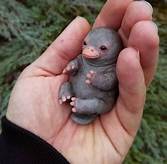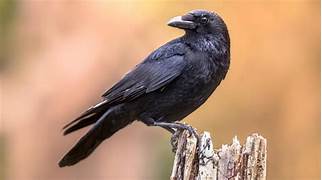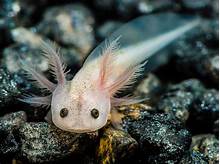Can Platypuses Be Pets?
Platypuses are fascinating semi-aquatic mammals found in eastern Australia. With their unique features, such as a duck-like bill and webbed feet, they have captured the curiosity of many. However, despite their captivating appearance, platypuses are not suitable as pets for various reasons.

Wild Nature
Platypuses are wild animals that have adapted to their natural habitats. They require specific dietary needs, including aquatic insects, worms, and small crustaceans. Providing them with a suitable diet in captivity can be challenging. Additionally, platypuses have extensive home ranges and require large bodies of water to thrive. Creating an appropriate enclosure that mimics their natural environment is impractical and expensive.
Legal Restrictions
In most countries, including Australia, it is illegal to keep platypuses as pets. Strict regulations aim to protect these unique animals from exploitation and ensure their well-being. Owning a platypus without the necessary permits and licenses could result in legal consequences.
Behavioral Challenges
Platypuses are solitary creatures that prefer to live independently. They are not known to form strong bonds with humans and may exhibit aggressive or defensive behaviors when handled. Their nocturnal and semi-aquatic nature also makes it difficult to interact with them regularly.
Health Concerns
Platypuses have specialized physiological adaptations that make them susceptible to various health issues in captivity. Their unique bill and venom glands require specific care and attention. Without proper veterinary expertise and specialized facilities, it can be challenging to ensure their well-being and longevity.
Conclusion
While platypuses may seem like captivating creatures, they are not suitable for domestication. Their wild nature, legal restrictions, behavioral challenges, and health concerns make them unsuitable as pets. Keeping platypuses in captivity can compromise their welfare and potentially lead to neglect or mistreatment. By respecting their unique ecological niche and admiring them in their natural habitats, we can contribute to their conservation and protect these fascinating animals for future generations.
Declaration: All article resources on this website, unless otherwise specified or labeled, are collected from online resources. If the content on this website infringes on the legitimate rights and interests of the original author, you can contact this website to delete it.






